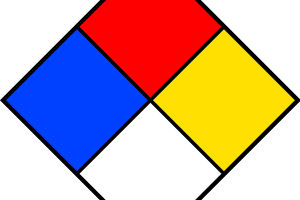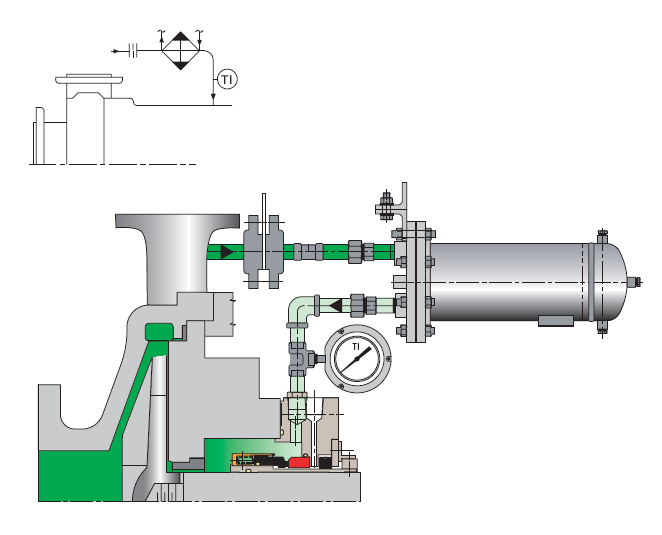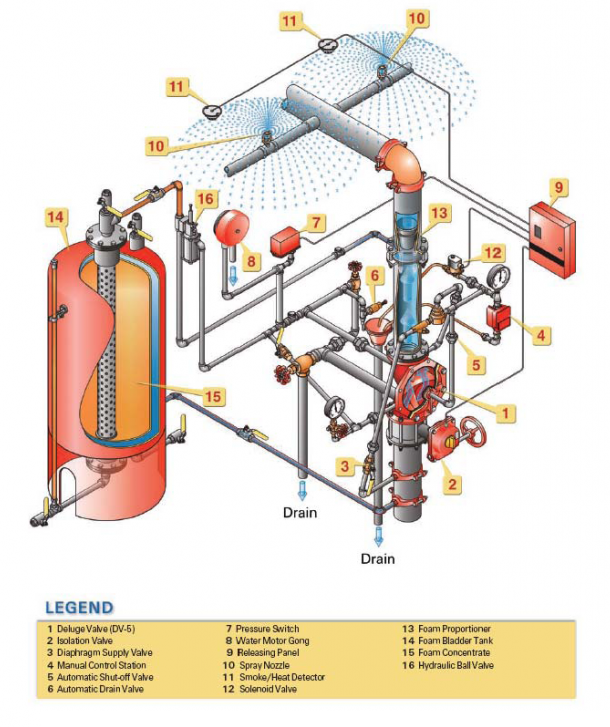Safety Integrity Level or SIL rating indicates if a product can reliably carry out intended safety function when called upon.
Probability of Failure on Demand (PFD)
SIL deals with the safety of any product-equipment consisting of an E/E/PES (Electrical/Electronic/Programmable Electronic System) system. SIL is a quantifiable measure of the E/E/PES of a product, testing if the product is able to carry out its intended safety function-operation when called to do so. This is where the term Probability of Failure on Demand (PFD) comes in. There are four (4) levels of SIL rating (please refer to the table below). The higher the SIL rating the smaller the PFD of the equipment and therefore the safer the equipment. A number of methods for determining SIL requirements (e.g. risk graph, hazardous event severity matrix etc) is provided at standards IEC 61508 and IEC 61511.
Safety Integrity Levels from standard IEC 61508-1
| Safety Integrity Level (SIL) | Demand Mode of Operation (average probability of failure to perform design function on demand - PFD) | Continuous / High demand Mode of Operation (probability of dangerous failure per hour) |
| 4 | 10-5 to 10-4 | 10-9 to 10-8 |
| 3 | 10-4 to 10-3 | 10-8 to 10-7 |
| 2 | 10-3 to 10-2 | 10-7 to 10-6 |
| 1 | 10-2 to 10-1 | 10-6 to 10-5 |
Equipment designed/produced before the introduction of SIL rating system may receive, when tested, a low or no SIL rating. In order to overcome this problem, there are various techniques that can be recommended, always in consultation with the Owner and the Manufacturer of the equipment. Such techniques include among others the following: frequent proof testing or combining systems with different types of technologies in order to eliminate common failure modes.



